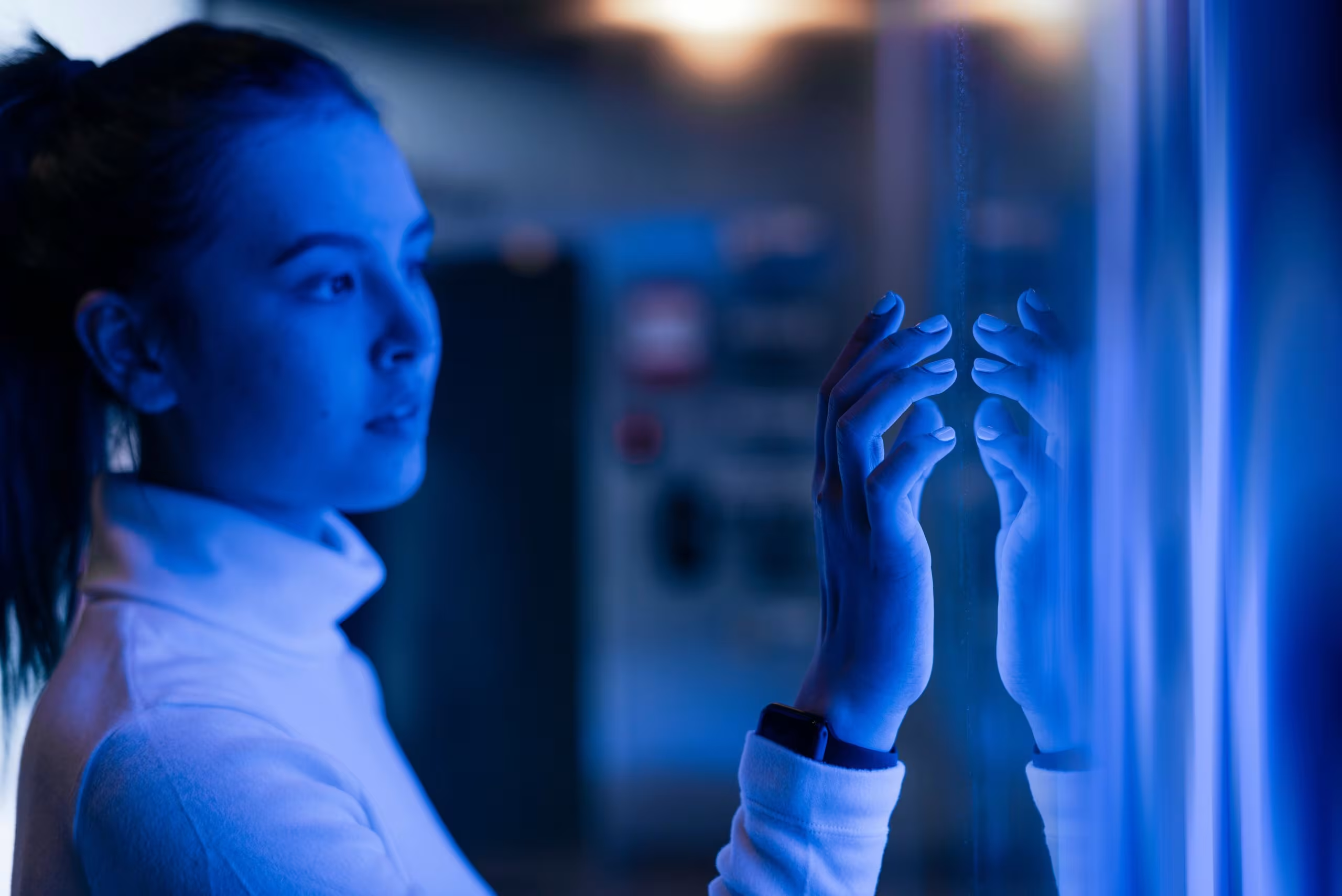Exploring a world without screens or buttons
We live in a world dominated by screens, but more and more signs point to change. Voice interfaces, augmented reality, sensors, and contextual assistants invite us to imagine a future where the interface becomes almost invisible.
Less interface, more intention
With screenless interfaces (like Alexa or Google Assistant), design focuses on the user’s intention rather than their visual journey.
The challenge: anticipating what they need—before they have to look for it.
The experience in physical space
Interfaces activated by gestures, gaze, or location are gaining ground.
For example: Tesla cars that recognize the driver without any touch, or interactive shop windows that respond to movement.
What changes for designers?
- We must learn to design multisensory experiences.
- The flow is no longer linear or visual—it’s conversational, contextual, and adaptive.
- Ethics take on greater importance: if the interface is invisible, how do we ensure transparency?
At Tribu, we’re passionate about exploring these scenarios.
Because while the present is filled with screens, the future is designed with imagination, empathy, and responsibility.












